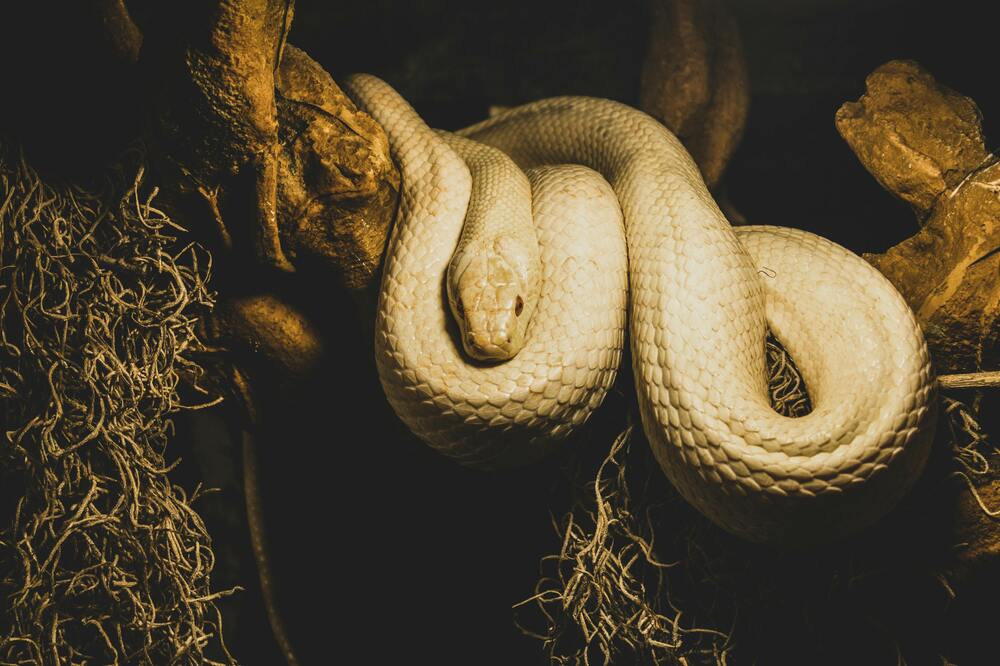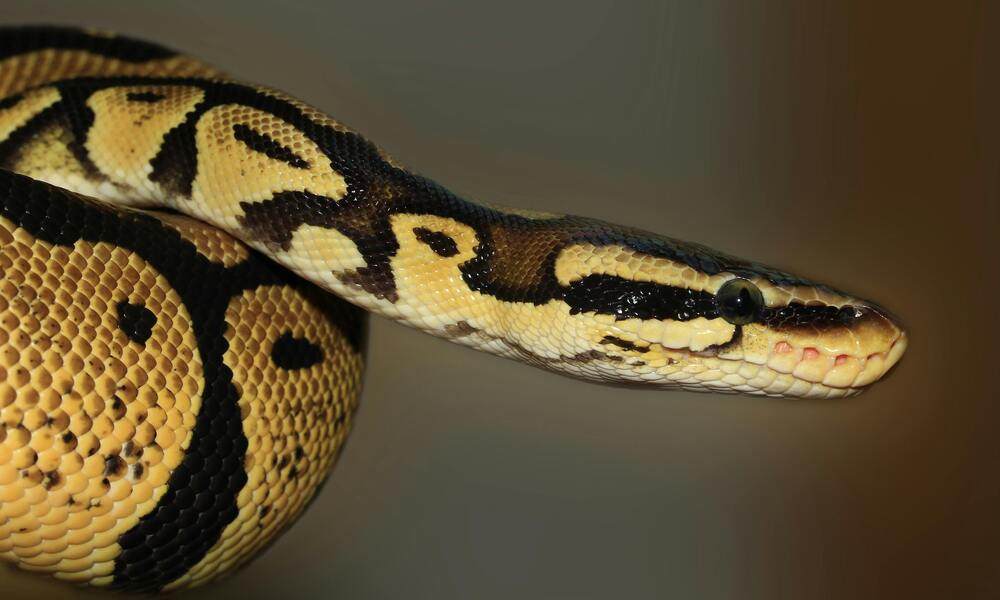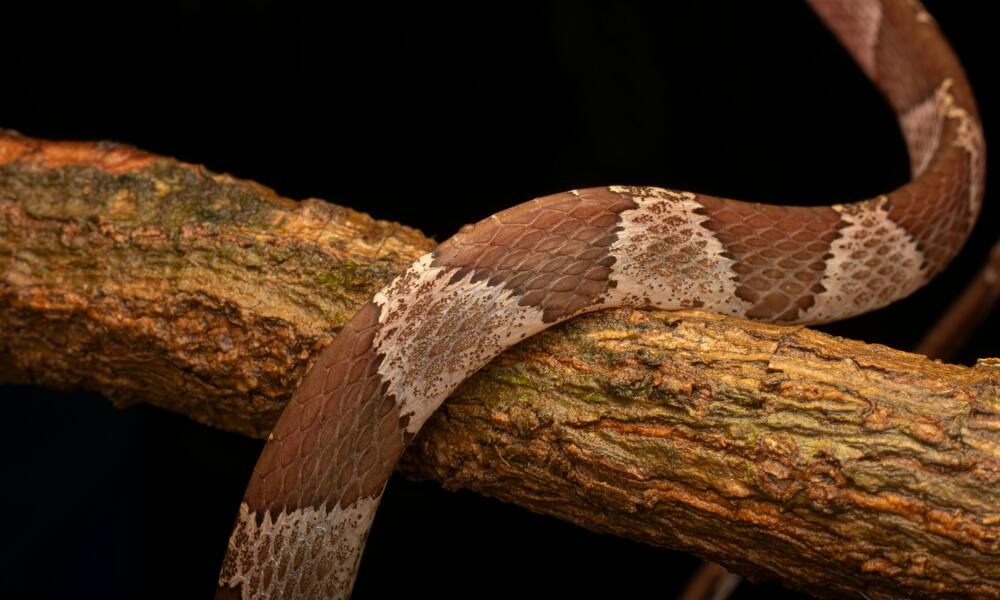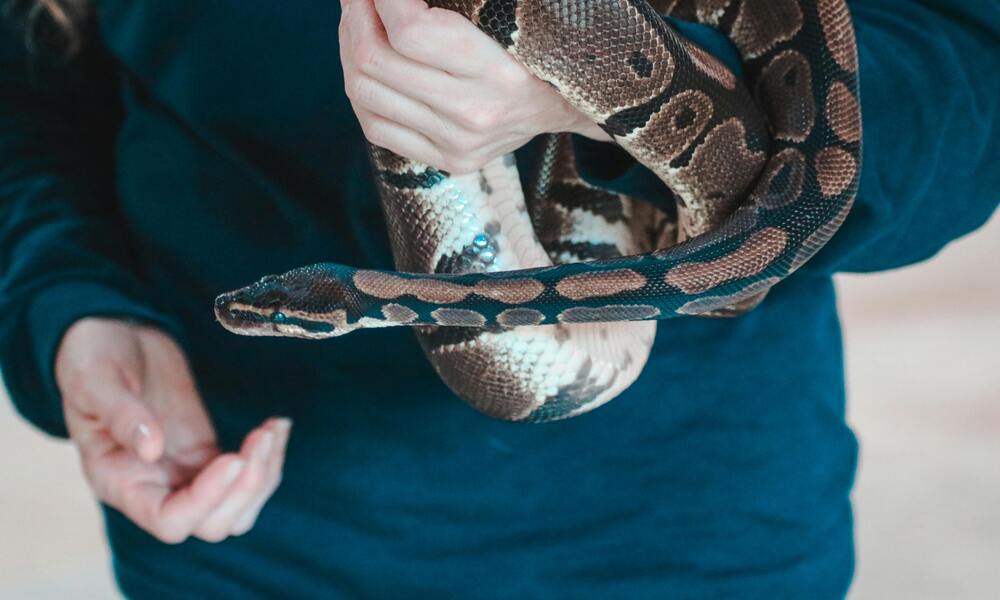Keeping snakes as pets is becoming more popular, and many people find them fascinating. Snakes are unique and mysterious creatures that appeal to many enthusiasts. However, consider having a snake as a pet, especially if you are new to it. In that case, there are some essential things to consider.
In this beginner’s guide, we will explore the ins and outs of owning a snake and highlight the importance of making intelligent choices. While snakes can make fascinating pets, not all types are suitable for beginners. The key is to pick a snake that matches your experience and commitment level.
You can choose from many types of snakes, but in this guide, we will focus on the “Easiest Snake to Take Care Of.” We will share information about their characteristics, what they need regarding care, and why they might be a good fit for someone just starting to keep snakes as pets.
Come along with us as we dive into the world of snakes, and we will help you start a rewarding journey with a reptile companion that fits well into your life.
Characteristics of the Easiest Snake to Take Care Of

Easy to Take Care Of:
Choosing one with low maintenance needs is essential if you want an easy snake to care for. These snakes do well in simple cages that are easy to clean. They only require a few special conditions like specific temperatures or humidity levels. Also, they don’t shed their skin too often, and their health needs are simple. This makes caring for them less complicated, so you can enjoy having a pet snake without much extra work.
Friendly and Easy to Handle:
The best snakes for easy care are ones with a calm and friendly nature. Snakes that are not aggressive and comfortable being handled make it more enjoyable for new snake owners and those with experience. Picking a snake known for being easygoing and okay with handling helps build a positive relationship between you and your pet snake. Regular and stress-free handling is good for you and keeps the snake happy and healthy.
Simple Eating Habits:
When considering easy snake care, looking at how they eat is essential. Snakes with simple and reliable eating habits are great for those who want an easy time. It is also helpful if they eat common and easy-to-find prey. Understanding what your snake needs in its diet and giving it a well-balanced meal is essential for its health. The easiest snakes to take care of in this aspect are the ones with simple eating habits and easy-to-meet nutritional needs, making the overall care routine more straightforward for owners.
Popular Snake Species for Beginners

Having a snake as a pet can be interesting and fun, especially if you are just starting with reptile pets. Some snakes are great for beginners because they are not too big, are friendly, and do not need complicated care. Let’s talk about three snakes that are awesome for beginners:
Ball Python
Ball Pythons, also called Royal Pythons, are snakes known for being calm and not too big, usually reaching 3 to 5 feet long. They have a strong body and a pattern of dark and light markings. “Ball Python” comes from their habit of curling into a ball when scared. These snakes are from West and Central Africa and like environments like grasslands. Setting up their living space with the right temperature (75 to 90 degrees Fahrenheit), a hiding spot, and a suitable type of bedding called aspen is essential to make them comfortable at home. Regarding food, they eat small mammals in the wild and usually have rodents of appropriate size every 1-2 weeks in captivity. Keeping an eye on their health, checking humidity levels, and watching for any signs of breathing problems are essential to stay healthy.
Corn Snake
Corn Snakes are colourful and safe snakes originally from North America. They have bright patterns and are not too big, usually around 3 to 6 feet long, which makes them a good choice for people new to keeping snakes. These snakes are friendly and can adapt well to living in captivity. They come from the southeastern United States and need a home with good ventilation and temperatures between 75 to 85 degrees Fahrenheit. Making a comfortable space for them involves having hiding spots, climbing branches, and using bedding like aspen shavings. When it comes to food, Corn Snakes like to eat rodents, and it is best to give them the right-sized prey every 5-7 days. Handling them regularly helps keep them friendly. Still, it is essential to keep their environment stress-free to avoid any problems. Regular health checks and watching for common snake issues are necessary to keep them healthy and happy.
Garter Snake
Garter Snakes are small, slim reptiles you can find all over North America. They stand out because of their fantastic colours, with stripes and patterns that make them attractive. These snakes are known for being active and curious, making them a good choice for people who like reptiles. Creating a comfortable home for them is easy – they can do well in different cages with good airflow, a water spot for soaking, and hiding spots in intelligent places. Having a warm area between 70 to 80 degrees Fahrenheit is also suitable for them to bask in. Regarding food, Garter Snakes eat a mix of things like amphibians, insects, and small fish. They eat more often than other snakes, so keeping their space clean is essential, giving them a balanced diet and watching out for any bugs that might bother them to ensure they stay healthy.
General Snake Care Tips
Ensuring the well-being of your pet snake requires attention to various factors. Here are essential guidelines to provide optimal care:
Temperature and Humidity Considerations
Keeping your snake healthy means ensuring the temperature and humidity in their home are just suitable. Each kind of snake has its own needs, so learning about where your snake comes from is essential to setting up a good space for them. Snakes usually like having different temperatures in their home, warmer in some places and cooler in others. The proper temperatures, often between 75 to 90 degrees Fahrenheit, help them digest food, keep their body working well, and stay active. Having the appropriate humidity level, which means how much moisture is in the air, is also good. Mimicking the humidity of their natural home is essential, and you can do this by spraying water regularly or having a special humidity box for when they shed their skin.
Regular Cleaning and Maintenance Tasks
A clean environment is paramount for a snake’s health and well-being. Regularly clean and sanitize the enclosure to prevent waste, bacteria, and parasite buildup. Remove uneaten food promptly to avoid attracting pests. Substrates like bedding or flooring should be replaced regularly to maintain hygiene. Ensure that water bowls are clean and filled with fresh water. Periodically inspect and clean any accessories, such as hides and climbing structures, to prevent the growth of harmful bacteria.
Common Health Issues and Preventive Measures

Understanding common health issues in snakes is crucial for early detection and prevention. Respiratory infections, mites, and scale rot are among the potential problems. Regular veterinary check-ups are advisable to catch any issues early on. Monitor your snake for signs of illness, including changes in appetite, lethargy, or abnormalities in shedding. Quarantine new additions to your collection to prevent the spread of diseases. Maintaining a stress-free environment, proper nutrition, and a well-balanced diet contribute significantly to your snake’s overall health and resilience against common health issues. Regularly observe and handle your snake to develop familiarity, making identifying deviations from everyday easier.
Choosing the Right Snake for You
Choosing the right snake for you involves considering personal preferences and lifestyle factors such as the snake’s size, activity level, and your living situation. Researching and understanding the specific needs of different snake species is essential, considering factors like size, preferred environment, and special care requirements. Seeking advice from experienced snake owners can provide valuable insights into the challenges and rewards associated with different snakes, helping you make an informed decision. Connect with local reptile clubs, forums, or your veterinarian for practical tips and recommendations. Combining your personal considerations, thorough research, and insights from experienced owners, you can select a snake that aligns with your capabilities and preferences, ensuring a suitable and enjoyable reptilian companion.
In conclusion, selecting the “Easiest Snake to Take Care Of” cannot be overstated, especially for those new to snake ownership. Choosing a snake with low maintenance requirements, a calm temperament, and simple feeding habits ensures a more enjoyable and stress-free experience for both the owner and the snake. By recapping the key points discussed in this guide, we emphasize the significance of making informed choices that align with your lifestyle and commitment level. Responsible pet ownership is at the heart of a fulfilling relationship with any animal companion, which extends to the world of snakes. Regular veterinary care, proper habitat maintenance, and understanding your snake’s needs contribute to their well-being. In closing, we invite readers to share their thoughts, questions, or experiences in the comments section below. Your inquiries or insights may help you and contribute to a broader community of snake enthusiasts dedicated to the welfare of these captivating reptilian companions.




